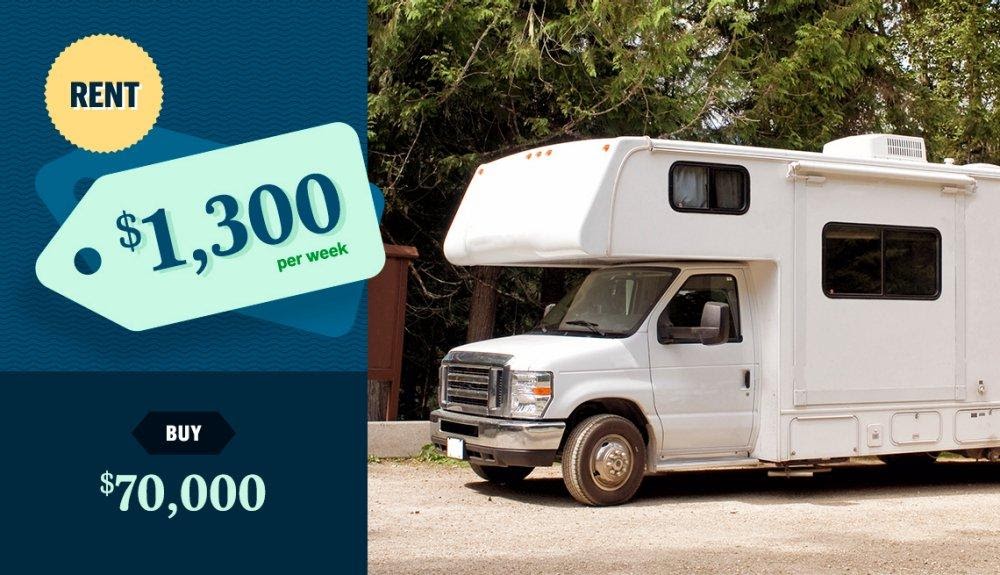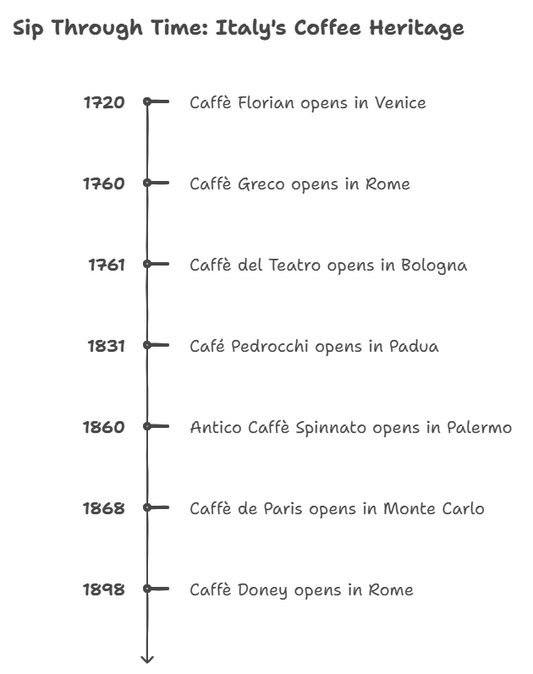Italy covers a total area of 301,340 km2 and you need what to do to enjoy the beauty of traveling through Italy with a recreational vehicle (RV).
What is the best way to travel through Italy with an RV? Our 6 step guide covers useful information on acquiring your RV (rent first before buying if unsure), specific RV road rules in Italy (such as reflective vest), and good places to take note of in your travel plans (campsites, fuel station).
Just know that if you want to visit all the attractions that Italy has to offer, you will have to travel for months on end, because that is just how much this vibrant country has to offer!
Step 1 - Acquiring your RV:
The first thing you have to consider before you start is if you are renting or buying an RV. There are pros and cons to both. However, I would recommend renting one if this trip that you are planning is just a one-off thing or is your first ever trip. This is the perfect way to know if the motorhome life is for you before you spend a significant amount of money investing in one.
However, if you are committed to this lifestyle, go ahead and buy one! It will certainly be a worthwhile investment. I am assuming that you have experienced the motorhome life before, hence, you are already familiar with the layouts and the features that you like. This is another perk of renting a motorhome before purchasing one for yourself.

Step 2 - When to Visit Italy:
Italy can be blistering hot in the summer afternoons and cold on winter nights. There are officially four temperature zones in Italy; mild continental in the Po Valley to the north of the country, cold in the Alps, the Mediterranean on coasts and islands, and cool and windy in the Apennine Mountains, which run down the middle of the country.
July and August are the hottest and most crowded months, especially if Tuscany is part of your itinerary. April and May will be the perfect weather for traveling if you stay out of the mountains. October and November may be alright in the south but the evenings will be cold and the mountains will have snow, which may work in your favor as it will deter other tourists from visiting.
Therefore, spring in Italy, which lasts from March to May, is the best time to visit. However, if you prefer to go in the second half of the year, September also has accommodating weather for you. It will be comfortably warm in the day yet you will need to don additional outerwear for the evenings. 
Step 3 - Speed Limits in Italy for RV:
This goes without saying, but you should always observe the speed limits when traveling through Italy with your RV. There are speed cameras and the Italian authorities have been known to pursue those who do not pay their fines. This has not changed since Brexit as the information-sharing agreement with the Driver and Vehicle Licensing Agency (DVLA) continues.
For cars with trailers or caravans:
In urban areas, the speed limit is 50 kilometers per hour and 70 kilometers per hour on minor out-of-town roads. For major out-of-town roads, the speed limit is 70 kilometers per hour and 80 kilometers per hour on motorways.
For camper vans weighing over 3.5 tonnes but under 12 tonnes:
In urban areas, the speed limit is 50 kilometers per hour and 80 kilometers per hour on minor out-of-town roads. For major out-of-town roads, the speed limit is 80 kilometers per hour and 100 kilometers per hour on motorways.
Other Italian Driving Speed Rules
In the event of rain and snow, the limit is lowered to 110 kilometers per hour on motorways and 90 kilometers per hour on major roads. In general, the speed limits in Italy are as follows unless you see Italian road signs:
-
130 kilometers per hour on motorways
-
110 kilometers per hour on major roads
-
90 kilometers per hour on minor out of town roads
-
50 kilometers per hour in urban areas.

Step 4 - Driving Tips and Documents You Need to Travel and Drive in Italy:
In Italy, rules are:-
-
You drive on the right.
-
Seatbelts are compulsory.
-
Dipped headlights must be used on two-lane motorways.
-
When driving through towns, villages, and other urban areas, the horn may be sounded only in the event of an emergency.
-
Buses, trams, and trains have the right of way.
-
Most motorways require a toll. Toll prices are calculated via the distance you travel, hence, upon entering a motorway, you will need to collect a ticket from an automated machine, and that same ticket must then be presented at the toll gate upon exit, where the toll can be calculated. Tolls can be paid by cash, credit cards, prepaid card, or electronic tags.
-
You are required to have a Reflective Vest, which is used when getting out of the RV at an event of an accident or breakdown on any road, and a Warning Triangle, which is to be used at the event of an accident or breakdown to warn following traffic.
-
It is a good precaution to know the emergency numbers as well. 113 for the Police, 115 for the Fire Brigade, and 118 for an Ambulance.
You should have the following documents on hand:
-
A passport with at least six months remaining.
-
A valid driver’s license (An international driver’s license is not required if you hold a driver’s license issued by an EU Member State).
-
Since Brexit, you will require a green card to prove that you have a motorhome insurance cover when traveling in Italy.
-
Vehicle V5 logbook must show your correct address.
Step 5 - Campsites in Italy:
Italy has lots of “Area di Sosta’, which are dedicated motorhome parking areas. They are often paid, although you will be able to find some in more remote areas which are free to use overnight. The quality varies dramatically, especially from the north to the south. Some are rustic and have the bare minimum, while others have pools or private beach access and boat hires.
If you are traveling out of high season and are planning to use campsites, I highly recommend buying an ACSI Camping Card Membership as you will save a lot of money as the average campsite, which has basic facilities for emptying waste-water and the toilet cassettes, and freshwater and rubbish facilities, are quite expensive.
Each region in Italy has its own regulations, however, it is generally illegal to wild camp in Italy. However, in more rural areas, it may be worth asking the municipality or locals for permission as to whether you can park for the night. However, it is advisable for you to not stay within 1km of a built-up area or 100m of historic buildings. You also should not park within 50m of national routes or within 150m of where drinking water is extracted.

Step 6 - Fuel Stations in Italy:
You should buy your fuel anywhere apart from the main roads as it will most likely be cheaper. Do note that there is a ‘two-tier’ payment system in Italy. You can choose to fill it up yourself, which will be cheaper or get a forecourt attendant to do it for you at a cost. There's often a symbol of a man with a pump, but you can look out for the words ‘con service or ‘Servizio for service and ‘self' for self-service.




